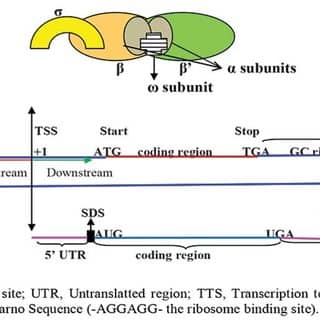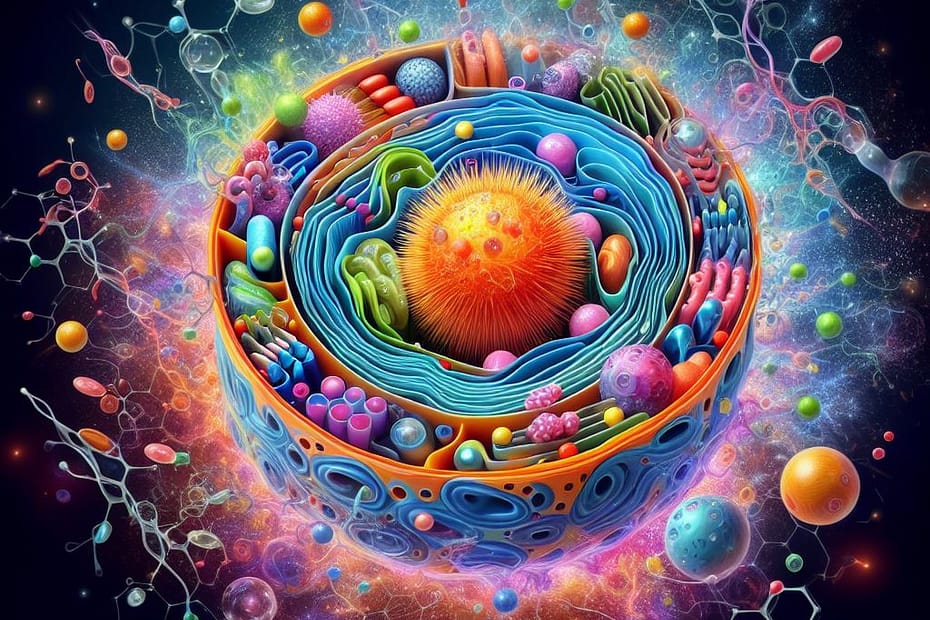Transcription in prokaryotic cells involves a symphony of molecular events, orchestrated by RNA polymerase and various elements that regulate the process. At the heart of transcription lies the concept of cistrons, whether organized poly-cistronically or mono-cistronically, each dictating the synthesis of specific RNA molecules.
- Cistrons: Poly-Cistronic and Mono-Cistronic Arrangements
- Poly-Cistronic Arrangement: Prokaryotic genomes often feature operons, clusters of genes transcribed together as a single mRNA molecule. This poly-cistronic arrangement allows for the simultaneous expression of multiple genes under the control of a single promoter.
- Mono-Cistronic Arrangement: Alternatively, prokaryotes also employ mono-cistronic arrangements, where each gene has its independent promoter, resulting in the production of individual mRNA molecules. This allows for more precise control over the expression of individual genes.
- RNA Polymerase Structure in Prokaryotes: The Architect of Transcription
- Core Enzyme: The prokaryotic RNA polymerase consists of a core enzyme, which is responsible for the basic catalytic functions of transcription. core is without sigma factor.
- Holoenzyme: The holoenzyme, comprising the core enzyme and the sigma factor, is essential for promoter recognition. The sigma factor aids in the binding of RNA polymerase to the promoter region, initiating transcription.2 alpha of 40,000 daltons one beta of 155,000 daltons, other Beta/ of 165000 daltons and one sigma of 90000 daltons
- DNA Promoter in Prokaryotes: Initiating the Transcription Process
- The DNA promoter is a specific nucleotide sequence where RNA polymerase binds to initiate transcription. It includes two critical regions: the -10 box (TATAAT) and the -35 box. These elements facilitate the precise positioning of RNA polymerase for the initiation of transcription.
- Recognition of the promoter by the holoenzyme is a key regulatory step, ensuring that transcription initiates at the correct genomic locations.
- Rho Factor: Aiding in Transcription Termination
- The Rho factor, or termination factor, plays a crucial role in rho-dependent termination of transcription in prokaryotes.
- During termination, the Rho factor binds to the mRNA and moves toward the RNA polymerase. This interaction causes the RNA polymerase to dissociate from the DNA template, leading to the release of the mRNA transcript.

Understanding the intricate details of cistron arrangements, RNA polymerase structure, DNA promoter recognition, and the role of the Rho factor provides a comprehensive view of transcription in prokaryotes. This molecular dance, orchestrated within the cellular milieu, ensures the accurate and timely expression of genetic information in these microorganisms.
